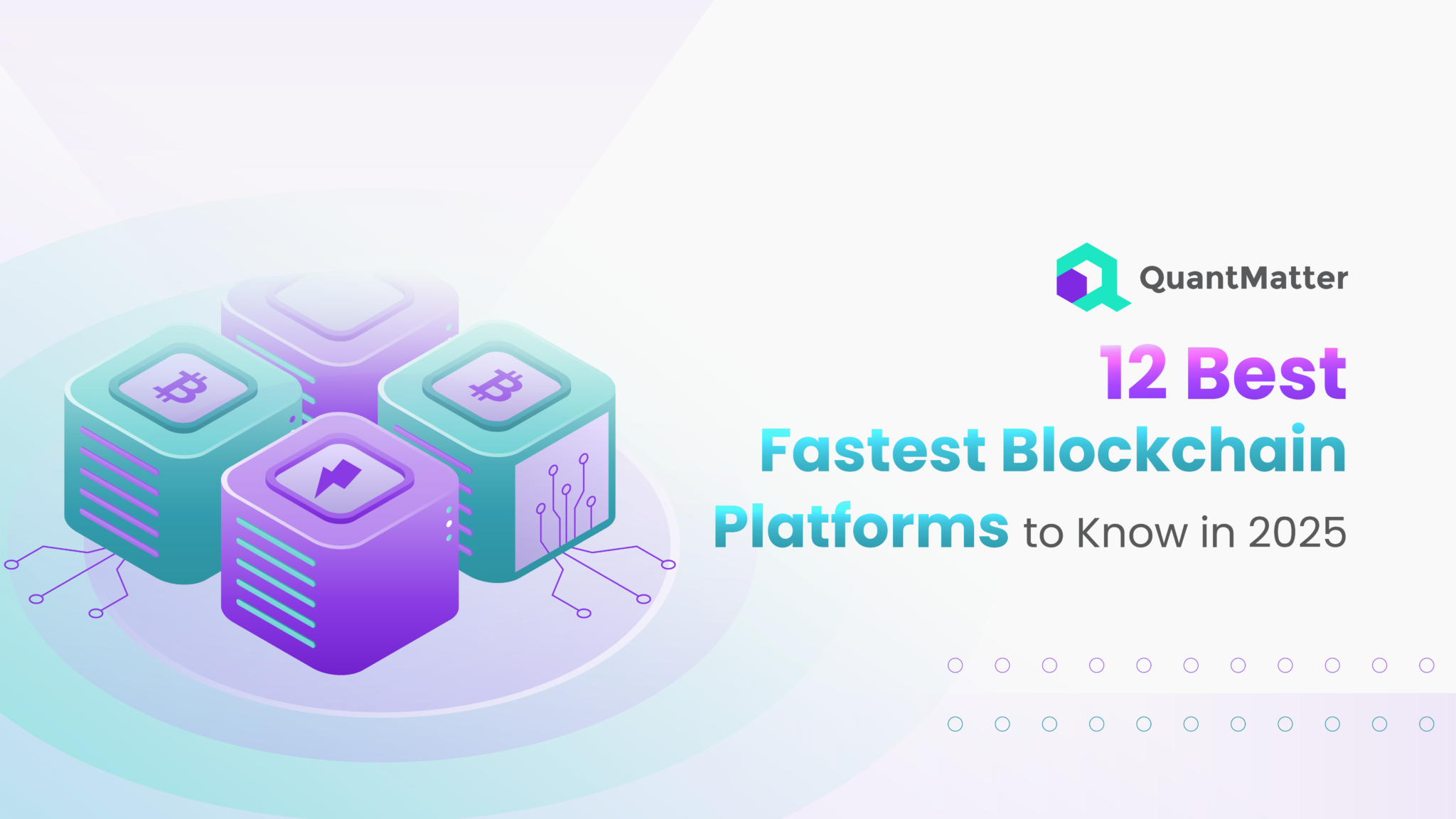
Blockchain technology has come a long way, revolutionizing everything from finance to data security. But as more companies and developers jump on the blockchain train, one question keeps coming up: how fast is it? In a world where speed can make or break user experience, the fastest blockchains are getting all the attention.
When we talk about the “fastest” blockchain, we’re looking at how quickly it can handle transactions. Imagine making a payment or sending data and having it processed in seconds rather than minutes or hours. That’s what a fast blockchain promises—quick, seamless transactions that keep things moving without lag or delays.
In this article, we’ll dive into the 12 fastest blockchain platforms to watch in 2025. These are the platforms pushing boundaries, setting new standards for speed, and making blockchain more accessible and usable for everyone. Let’s explore what makes each of these platforms unique and why their speed matters.
What Defines the Speed of a Blockchain?
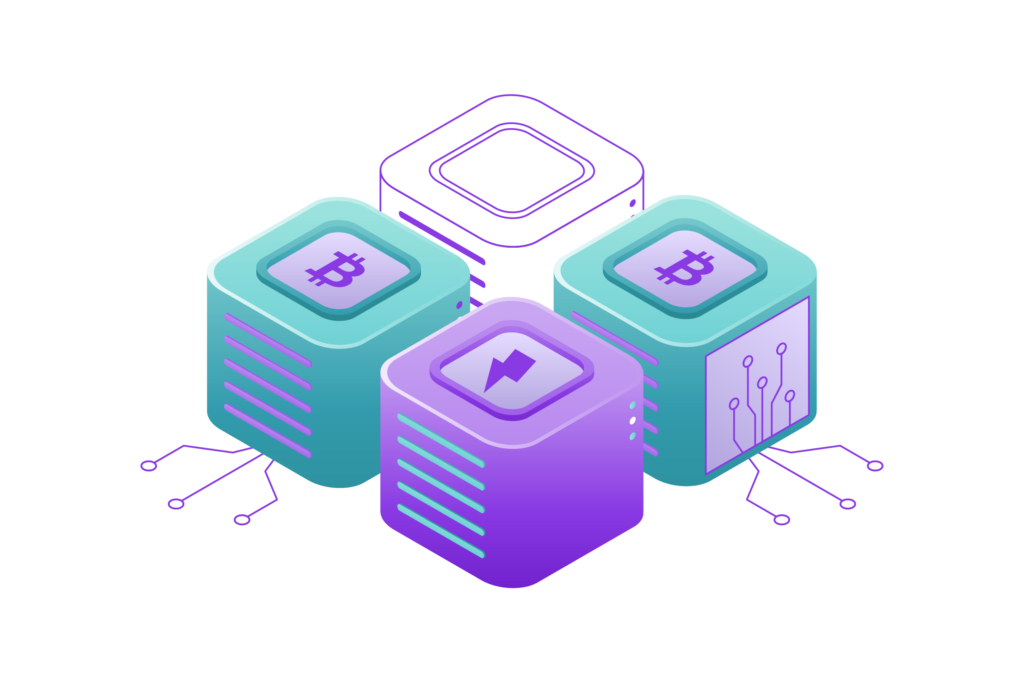
When it comes to blockchain speed, it’s not as simple as measuring how fast each transaction moves. There are a few technical factors at play, and understanding them can help us see why some platforms are faster than others.
Transaction Per Second (TPS)
This is the big one. TPS tells us how many transactions a blockchain can process each second. A higher TPS means the blockchain can handle more transactions without getting clogged. Think of it like the number of lanes on a highway—the more lanes, the more cars can pass without causing a traffic jam.
Also Read: HFT Trading: Mastering the Art of High-Frequency Strategies
Consensus Mechanism
This is how a blockchain agrees on the state of transactions. Different blockchains use different methods, like Proof of Work (PoW), Proof of Stake (PoS), or newer models like Proof of Authority (PoA). Some consensus methods, like PoS, are faster because they don’t require as much computing power or energy as PoW.
Block Size and Block Time
Block size refers to how much data a blockchain can pack into each “block” of transactions, while block time is how long it takes to create each block. Bigger blocks and shorter times mean faster transactions. It’s a delicate balance, though—too much data or too little time can make the network less secure.
These are just a few of the building blocks of blockchain speed. By understanding them, we can better appreciate why some platforms have a competitive edge when it comes to speed.
Why Speed Matters in Blockchain Technology?
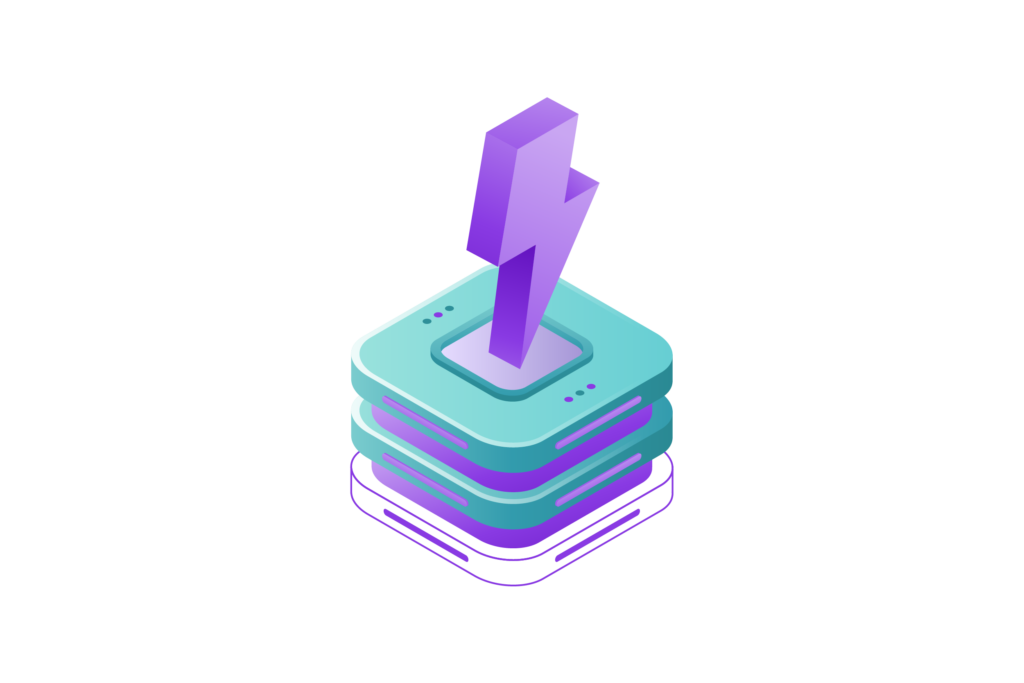
When it comes to blockchain, speed isn’t just about being impressive—it can make or break how useful a blockchain platform actually is. Let’s look at some of the reasons why speed matters in the blockchain world and why you might want a faster option.
- Better User Experience: Imagine paying with crypto for a coffee and having to wait a few minutes for the transaction to go through. That wouldn’t fly! Faster blockchains make transactions almost instant, giving users a smooth experience that feels as easy as swiping a credit card.
- Scalability for Growth: The more people who use blockchain, the more transactions need to be processed at the same time. A fast blockchain can handle tons of transactions every second without slowing down. Think of it as a busy road: the faster the flow, the less chance of a traffic jam.
- Business Applications Depend on Speed: Big businesses want to use blockchain for things like tracking shipments or processing payments. But for these applications to work well, they need a blockchain that’s quick and reliable. For example, tracking goods in a supply chain or making instant financial transactions both require a platform that doesn’t waste time.
- Boost for DeFi and DApps: Decentralized finance (DeFi) apps and decentralized applications (DApps) rely on speed, too. In DeFi, people want to make trades or earn rewards without delays. Faster platforms mean these apps work better, feel responsive, and attract more users.
Here’s a quick snapshot of why speed matters in various blockchain use cases:
| Use Case | Why Speed is Important |
| Everyday Payments | Faster transactions mean smoother user experiences. |
| Large Businesses | Needs quick data flow for tracking and payments. |
| DeFi and DApps | High speed keeps these apps functional and appealing. |
| Scalability | Supports more users without slowing down. |
In a nutshell, speed is a game-changer for blockchain. It’s what will take blockchain from niche to mainstream and make it a part of our daily lives.
Top Factors to Consider When Choosing a Fast Blockchain Platform
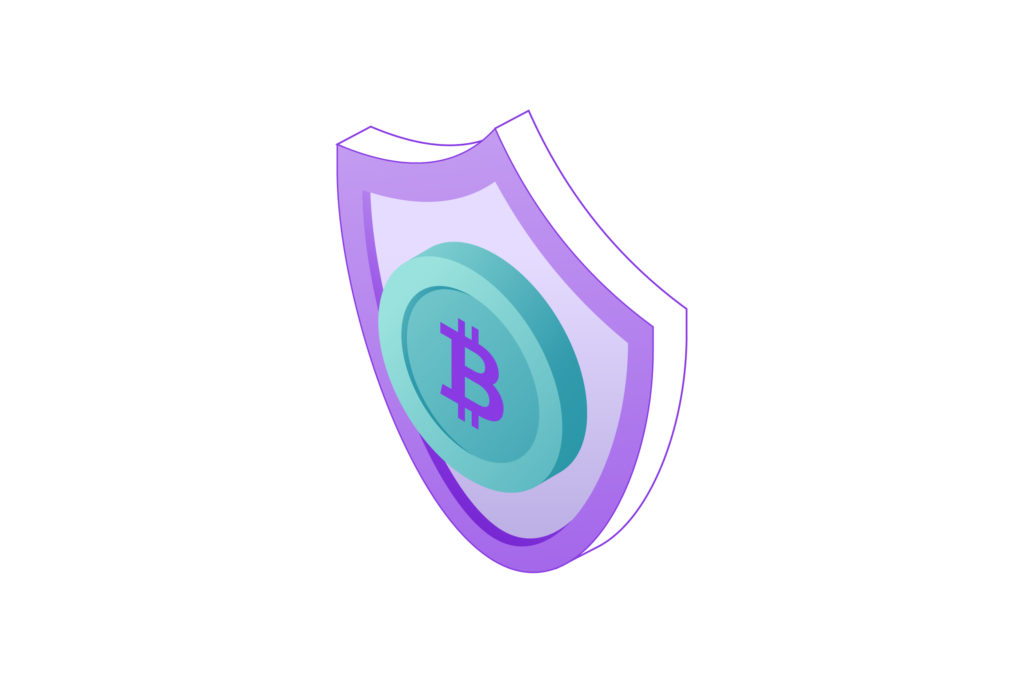
Choosing a blockchain platform isn’t just about picking the fastest option. There are several factors that can impact how well a blockchain will fit your needs, whether for personal projects, business, or large-scale applications. Here’s what to look out for when selecting a fast blockchain platform:
- Transaction Speed (TPS): Look at the transactions per second (TPS) the platform can handle. Higher TPS means it can process more transactions quickly, which is crucial for high-demand applications.
- Security and Decentralization: Speed is important, but so is security. Some blockchains achieve speed by sacrificing decentralization or security. Consider if the platform uses a secure consensus mechanism, such as Proof of Stake (PoS) or Proof of Authority (PoA), and whether this fits your use case.
- Fees and Cost Efficiency: High-speed blockchains can sometimes have lower transaction fees, which is a huge plus. Look into the fee structure and see if it makes sense for your intended use. Lower fees can make the blockchain more accessible, especially for applications that require lots of transactions.
- Scalability: Not all blockchains can scale to handle an increasing number of users and transactions without slowing down. Consider platforms that are built to scale up as more people use them, ensuring speed remains high even with heavier traffic.
- Community and Developer Support: A platform with a strong community and developer resources often has better support, tools, and updates. Platforms with an active community tend to stay relevant and improve over time.
To make it easier, here’s a table summarizing what to keep in mind:
| Factor | Why It Matters |
| Transaction Speed | Determines how many transactions can be processed per second. |
| Security & Decentralization | Balances speed with the safety of transactions. |
| Fees & Costs | Lower fees make it affordable for applications with high transaction needs. |
| Scalability | Ensures the platform stays fast even as more people use it. |
| Community Support | Active communities provide better resources and ongoing development. |
Considering these factors will help you choose a blockchain that’s not only fast but also well-suited to your goals.
12 Best Fastest Blockchain Platforms in 2025

In this section, we’ll look at 12 blockchain platforms that are setting the pace for speed in 2025. Each platform has its own strengths, use cases, and unique features that make it stand out. Let’s explore what makes each one special and why they’re leading the race in blockchain speed.
1. HeLa
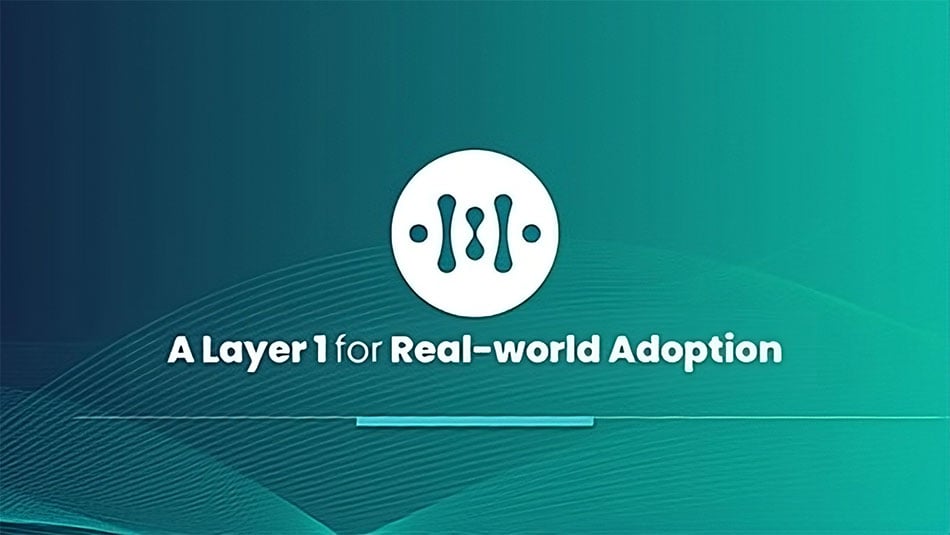
HeLa is a next-generation Layer-1 blockchain designed to support high-demand industries such as gaming, decentralized finance (DeFi), and decentralized physical infrastructure networks (DePIN). It features a modular architecture for flexibility and scalability, facilitating integration of various innovative applications. The platform is EVM-compatible, enabling seamless integration and migration of decentralized applications.
- Transaction Speed (TPS): 150,000+
- Consensus Mechanism: HeLa Labs utilizes a scalable, stablecoin-driven transaction fee system, which supports rapid transaction finality and scalability.
- Why It’s Fast: The platform’s modular architecture and scalable consensus protocol allow for high throughput and low-latency processing, meeting the demands of applications requiring rapid transaction speeds.
- Key Use Cases: Cross-border payments, high-volume trading platforms, DeFi.
- Notable Feature: HeLa Labs’ stablecoin-based fee structure keeps transaction costs low, while its modular design provides scalability and efficiency, making it suitable for real-time, high-demand applications.
2. Solana
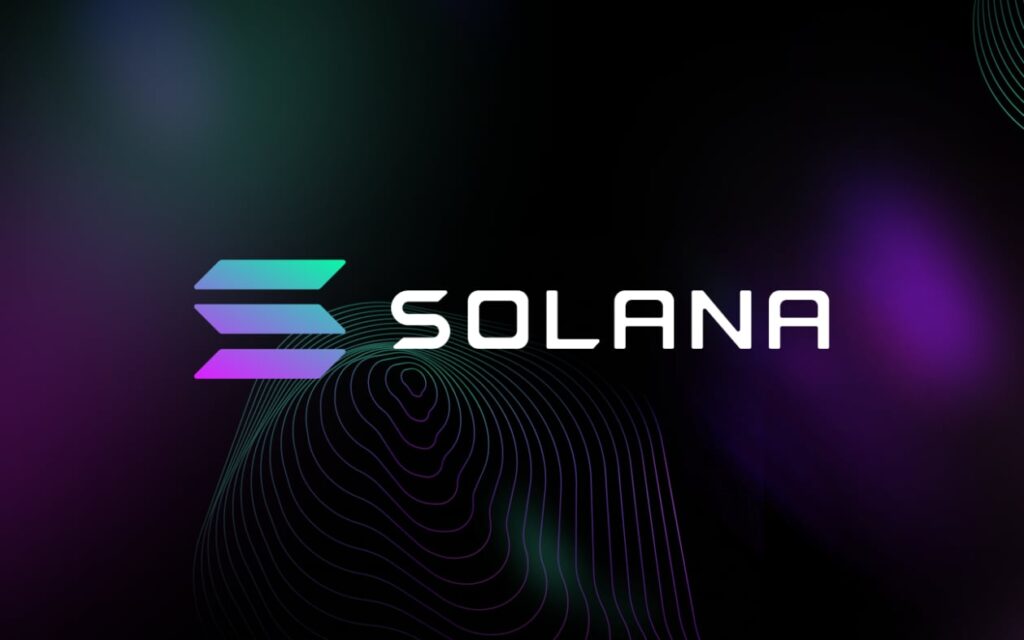
Solana is widely recognized for its impressive transaction speeds and cost-effective operations, processing over 1,000 TPS in daily averages with a theoretical maximum of 65,000 TPS. It utilizes a unique Proof of History (PoH) consensus, which timestamps each transaction, allowing for rapid processing without repeated network validation. Solana’s high throughput and low fees make it a top choice for developers of decentralized applications (DApps), NFTs, and DeFi platforms. Its efficient, scalable infrastructure supports a smooth user experience and seamless expansion, attracting a thriving community of projects and users. Solana’s reliable performance and low-cost transactions have positioned it as a favorite for projects requiring fast, large-scale data processing.
- Transaction Speed (TPS): 1,000+ (average), up to 65,000 theoretically
- Consensus Mechanism: Proof of History (PoH) + Proof of Stake (PoS)
- Why It’s Fast: PoH allows transactions to be timestamped and processed in sequence without waiting for repeated network consensus.
- Key Use Cases: DeFi, NFTs, decentralized applications.
- Notable Feature: Solana’s low transaction fees and strong developer support make it ideal for high-speed applications, supporting real-time trading and data-heavy applications.
3. Sui

Sui is a high-speed blockchain platform that’s gaining attention for its efficient transaction processing, capable of over 850 TPS. It combines a unique Directed Acyclic Graph (DAG) approach with Narwhal and Tusk consensus, which minimizes network congestion and ensures low latency. Sui’s design is optimized for applications that require stable, predictable speeds, such as gaming and DeFi platforms. With its ability to handle multiple transactions concurrently, Sui is ideal for developers needing fast, reliable blockchain technology. This efficiency makes it a competitive choice for high-frequency trading and applications where consistency and speed are essential.
- Transaction Speed (TPS): 850+
- Consensus Mechanism: Narwhal and Tusk (DAG-based)
- Why It’s Fast: Sui’s DAG structure and consensus protocol allow for parallel transaction processing, reducing congestion and enhancing speed.
- Key Use Cases: Gaming platforms, DeFi, high-frequency trading.
- Notable Feature: Sui’s low-latency design and optimized structure make it suitable for applications needing high-speed, consistent performance.
4. TON (The Open Network)
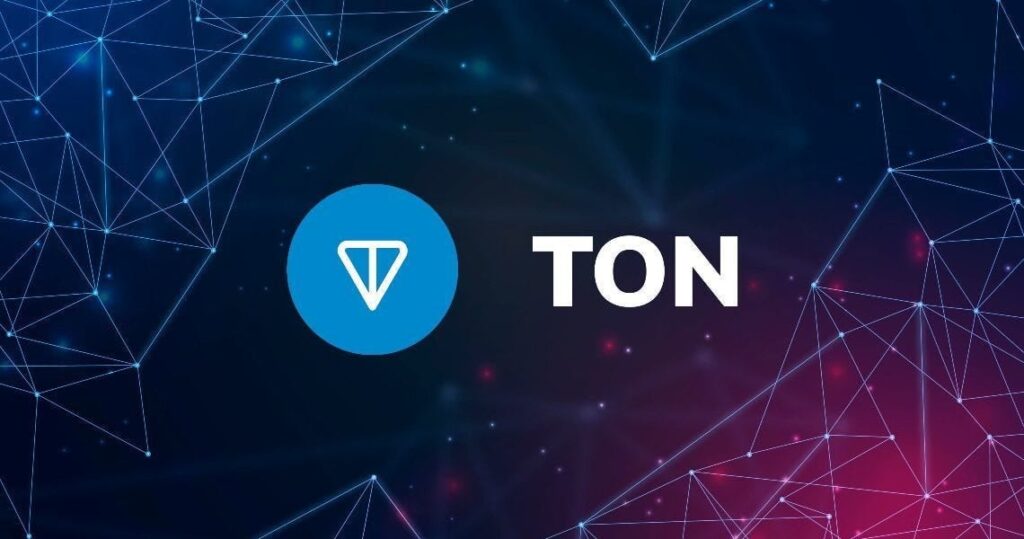
The Open Network (TON) utilizes horizontal sharding to achieve extreme transaction speeds, surpassing 100,000 TPS in tests. Designed for integration with decentralized ecosystems, such as Telegram, TON leverages its sharding structure to split transaction loads, keeping speeds high even with heavy usage. This makes it particularly appealing for applications requiring rapid and high-volume transactions, like social networks or Web3 applications. TON’s architecture prioritizes secure and fast transactions, ideal for use cases that need instant finality. Its ability to seamlessly integrate with platforms like Telegram provides a unique advantage in decentralized identity and global communication.
- Transaction Speed (TPS): 100,000+ in public tests
- Consensus Mechanism: Proof of Stake (PoS) with Horizontal Sharding
- Why It’s Fast: TON’s sharding allows for independent processing across network “shards,” reducing congestion and enabling fast transaction speeds.
- Key Use Cases: Web3 applications, social media integration, global payments.
- Notable Feature: TON’s deep integration with Telegram makes it well-suited for high-speed, decentralized social media and identity solutions.
5. Binance Smart Chain (BSC)
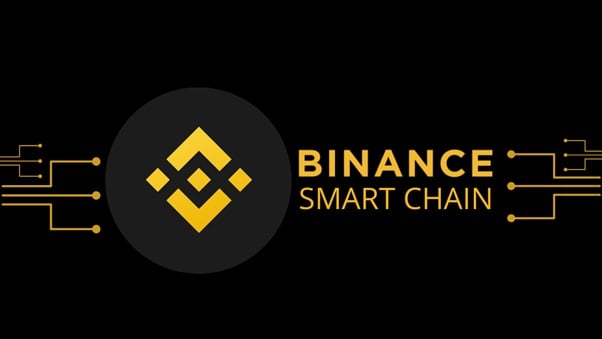
Binance Smart Chain (BSC) is known for its efficiency, operating at around 380 TPS with low fees, making it an attractive option for developers. It uses Delegated Proof of Stake (DPoS), which allows a limited number of validators, speeding up consensus while keeping costs down. BSC is favored for DeFi applications and token-based platforms, providing a high-speed environment for decentralized exchanges (DEXs) and other financial services. Its connection to the Binance ecosystem and user-friendly environment have contributed to its rapid adoption and popularity. BSC’s balance of speed and affordability makes it well-suited for developers looking to launch high-traffic applications.
- Transaction Speed (TPS): 380
- Consensus Mechanism: Delegated Proof of Stake (DPoS)
- Why It’s Fast: Limiting the number of validators allows for quicker consensus, enhancing transaction speed.
- Key Use Cases: DeFi applications, NFTs, DApps.
- Notable Feature: Its low transaction fees and integration with Binance’s ecosystem make it a go-to for cost-effective, high-speed applications
6. Polygon

Polygon, also known as the “Ethereum Layer 2 solution,” enhances Ethereum’s capabilities, allowing it to process up to 190 TPS while maintaining compatibility with Ethereum’s infrastructure. It uses a Proof of Stake (PoS) consensus that operates as a secondary layer to Ethereum, boosting transaction speeds and lowering costs. This approach has made Polygon a favorite for developers building decentralized applications (DApps), NFTs, and DeFi solutions, as it allows them to leverage Ethereum’s security and ecosystem while gaining the benefits of high-speed processing. With a developer-friendly environment and vibrant community, Polygon’s ecosystem continues to grow, offering one of the most accessible and scalable blockchain solutions.
- Transaction Speed (TPS): 190
- Consensus Mechanism: Proof of Stake (PoS) with Layer 2 scaling for Ethereum
- Why It’s Fast: By serving as a Layer 2 solution, Polygon bypasses Ethereum’s mainnet congestion, processing transactions off-chain to enhance throughput.
- Key Use Cases: DApps, NFTs, cross-chain interoperability, DeFi.
- Notable Feature: Polygon’s compatibility with Ethereum makes it ideal for developers seeking Ethereum’s security with improved speed and scalability.
7. Tron

Tron is built for high transaction throughput and low fees, making it suitable for frequent, low-cost transactions, especially in content creation and social media applications. Operating at around 160 TPS, Tron uses Delegated Proof of Stake (DPoS) to limit the number of validators, speeding up consensus processes while reducing costs. The Tron ecosystem supports various token standards and smart contracts, facilitating a wide range of applications from DeFi to digital content platforms. With its strong developer support and continuous improvements, Tron is positioned as a reliable, high-speed network for decentralized content and social interaction.
- Transaction Speed (TPS): 160
- Consensus Mechanism: Delegated Proof of Stake (DPoS)
- Why It’s Fast: Tron’s DPoS limits the number of validators needed for consensus, resulting in quicker transaction processing.
- Key Use Cases: Content platforms, DeFi, social media, and gaming.
- Notable Feature: Known for its low transaction fees and high throughput, Tron is ideal for applications that require frequent, low-cost transactions.
8. Near Protocol
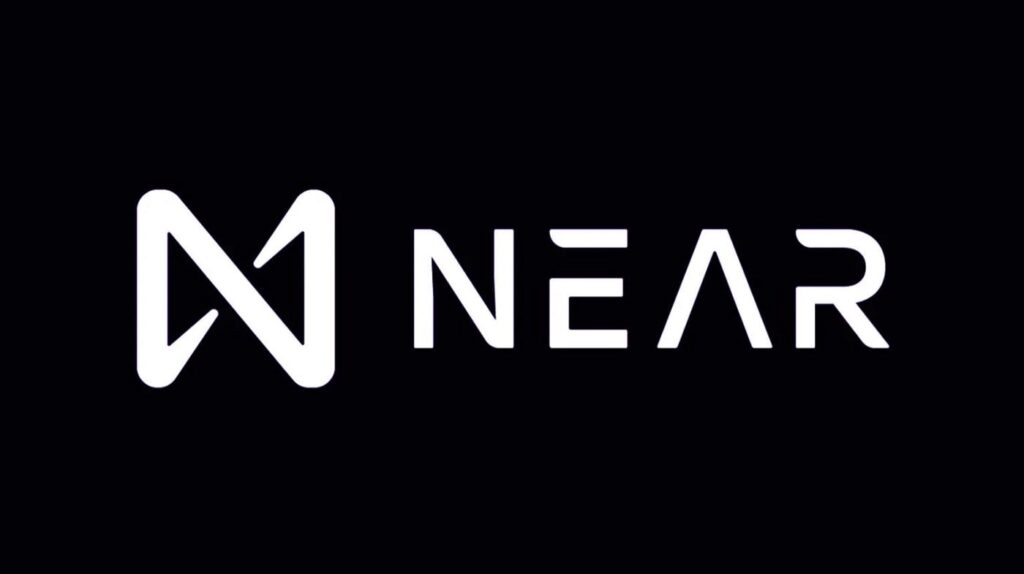
Near Protocol is an innovative blockchain designed for scalability and ease of use, supporting around 120 TPS thanks to its sharded architecture. Near divides the network workload into smaller parts, or “shards,” which can process transactions independently, making it well-suited for high-demand applications. Near Protocol’s developer-friendly setup, low fees, and energy-efficient consensus attract a variety of DApps and enterprise solutions. Its scalability enables Near to grow with user demand, providing a stable, fast blockchain for applications needing consistent and predictable performance.
Transaction Speed (TPS): 120- Consensus Mechanism: Sharded Proof of Stake
- Why It’s Fast: Near’s sharding model allows independent processing across multiple network segments, reducing congestion and enhancing speed.
- Key Use Cases: DApps, DeFi, enterprise blockchain, and financial applications.
- Notable Feature: Near Protocol’s intuitive developer tools and highly scalable design make it ideal for large-scale applications needing a flexible, high-speed blockchain solution.
9. Avalanche
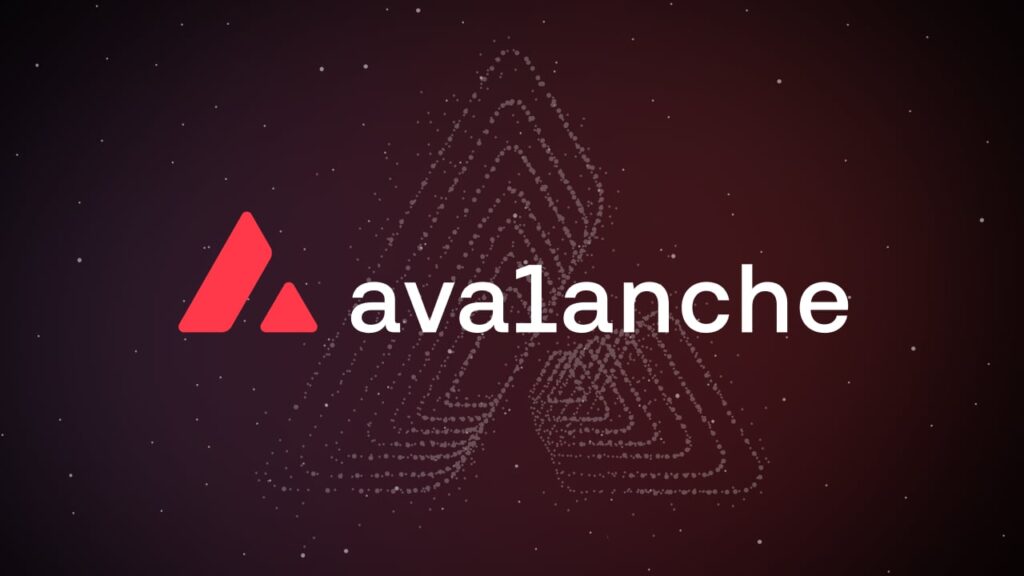
Avalanche is a modular, highly scalable blockchain network that achieves speeds of up to 4,500 TPS across its subnets. The Avalanche Consensus Protocol offers fast transaction finality, making it an attractive choice for enterprise applications, DeFi, and customizable blockchain solutions. Each subnet within Avalanche can operate independently, allowing for bespoke blockchain environments tailored to specific applications. This flexibility and performance make Avalanche a competitive option for applications requiring quick finality, high scalability, and modular design.
- Transaction Speed (TPS): 4,500
- Consensus Mechanism: Avalanche Consensus (a unique Proof of Stake variant)
- Why It’s Fast: Avalanche uses a decentralized sampling protocol, allowing transactions to achieve quick finality with minimal latency.
- Key Use Cases: Enterprise blockchain solutions, asset trading, customized DApps, and DeFi applications.
- Notable Feature: Avalanche’s modular subnet structure enables developers to create tailored blockchain networks, ideal for applications with specific performance and security needs.
Also Read: 10 Best Layer 1 Cryptocurrencies to Consider in 2024
10. Elrond
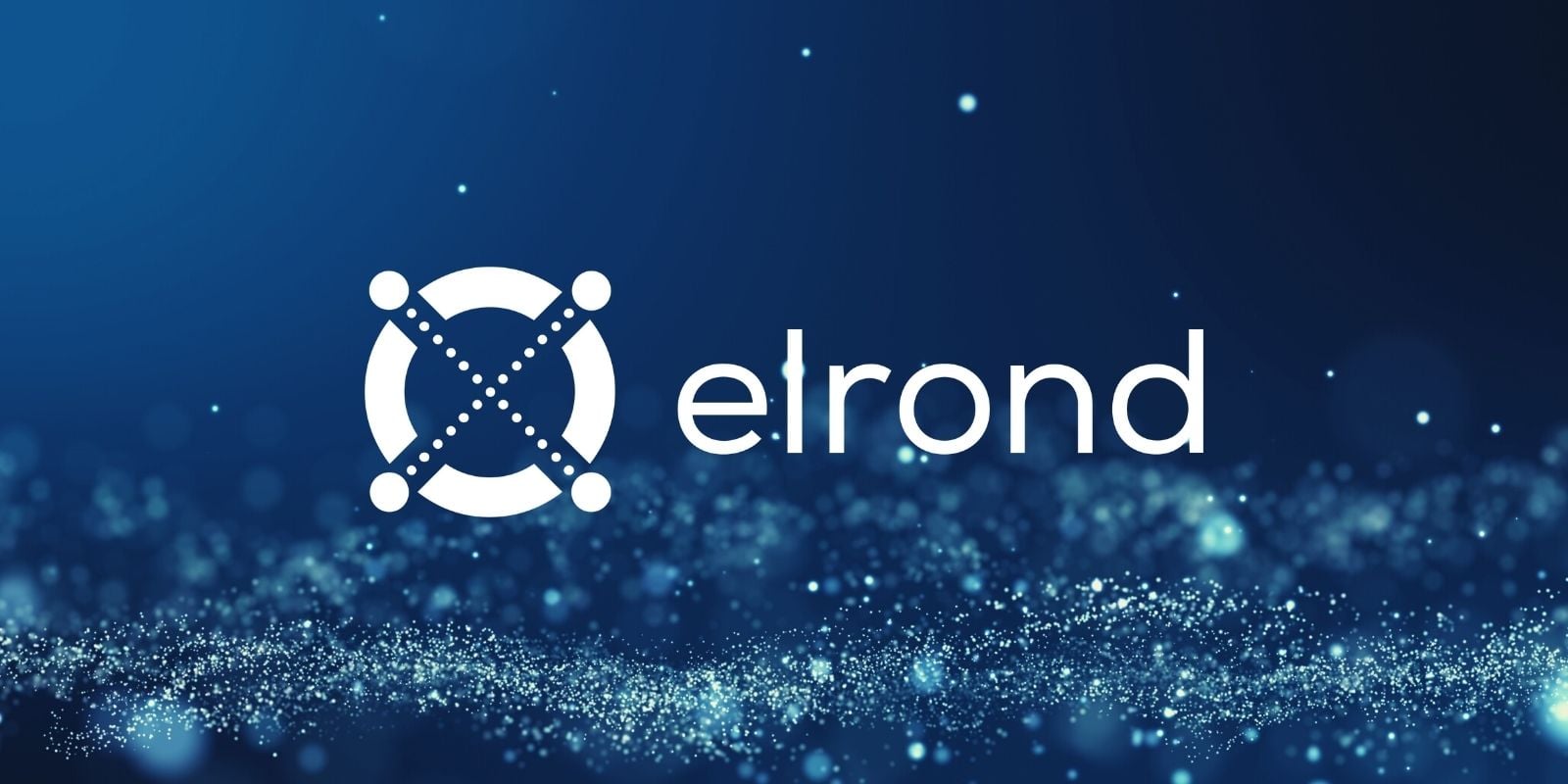
Elrond is a high-speed blockchain platform leveraging Secure Proof of Stake (SPoS) and Adaptive State Sharding to achieve impressive scalability, supporting up to 15,000 TPS. Designed for efficiency, Elrond’s architecture dynamically adjusts to network demands, enabling it to process a high volume of transactions without compromising on speed or security. Its low fees and eco-friendly operation make it suitable for DeFi, high-frequency trading, and smart contracts. Elrond’s focus on user experience, developer tools, and scalability has positioned it as a strong choice for applications needing reliable, high-throughput blockchain technology.
- Transaction Speed (TPS): 15,000
- Consensus Mechanism: Secure Proof of Stake (SPoS) + Sharding
- Why It’s Fast: Adaptive sharding dynamically distributes network load, allowing Elrond to handle heavy traffic with minimal delays.
- Key Use Cases: High-frequency trading, DeFi, smart contracts, and decentralized applications.
- Notable Feature: Elrond’s eco-friendly design, low transaction fees, and high scalability make it ideal for large-scale, high-volume applications.
11. Cronos
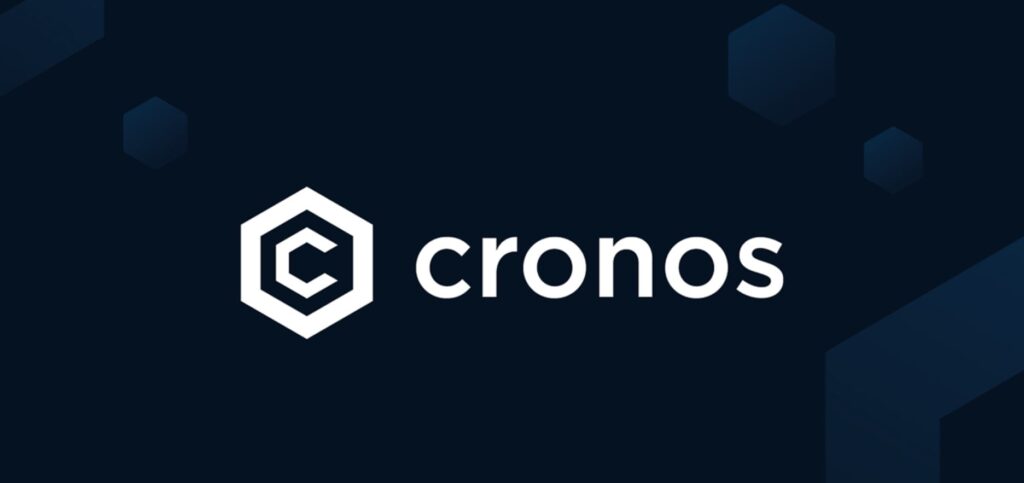
Cronos is a cross-chain compatible blockchain within the Cosmos ecosystem, offering speeds of around 72 TPS and enabling interoperability with Ethereum. Its Tendermint-based Proof of Stake consensus supports efficient asset transfer across blockchains, making Cronos particularly appealing for cross-chain DeFi applications. Cronos is well-positioned for applications that rely on Ethereum compatibility but require lower fees and faster processing. This cross-chain flexibility has attracted developers focused on DeFi, Web3, and NFTs, where Cronos’s high performance and secure transactions make it a versatile choice.
- Transaction Speed (TPS): 72
- Consensus Mechanism: Tendermint-based Proof of Stake (PoS)
- Why It’s Fast: Cronos leverages Cosmos’s cross-chain capabilities, allowing it to process Ethereum-compatible assets without congestion.
- Key Use Cases: Cross-chain DeFi, NFTs, Web3 applications, and token interoperability.
- Notable Feature: Cronos’s integration with Cosmos and Ethereum compatibility provide a flexible, cost-effective platform for developers focused on cross-chain applications.
12. Gnosis
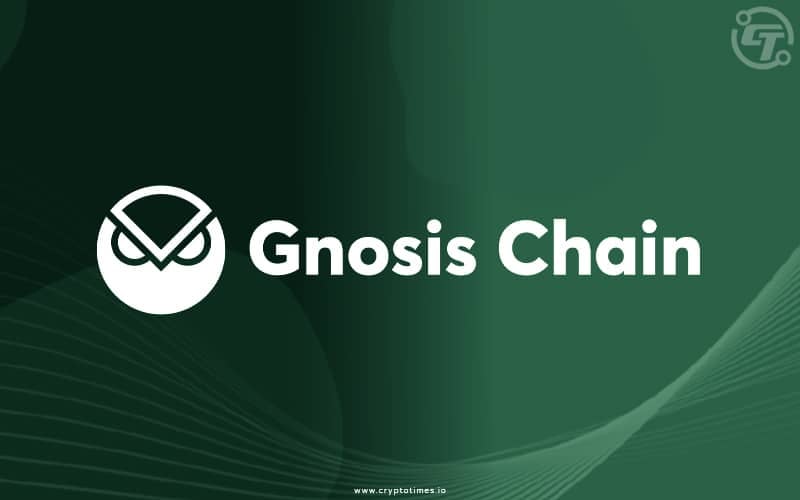
Gnosis prioritizes security and reliability, with a stable speed of around 65 TPS. While not the fastest on this list, Gnosis is known for its secure transaction processing, making it a trusted platform for applications like decentralized governance, multi-signature wallets, and prediction markets. Its Proof of Stake (PoS) consensus ensures consistent performance while maintaining the decentralization necessary for secure transactions. Gnosis’s ecosystem supports a variety of decentralized finance and governance applications that require steady transaction speeds without sacrificing security.
- Transaction Speed (TPS): 65
- Consensus Mechanism: Proof of Stake (PoS)
- Why It’s Fast: Although security-focused, Gnosis’s PoS consensus provides consistent, reliable transaction processing.
- Key Use Cases: Decentralized governance, multi-signature wallets, and prediction markets.
- Notable Feature: Gnosis’s emphasis on secure transaction processing makes it a trusted choice for governance applications and multi-signature wallets, providing both speed and security for high-stakes transactions.
These platforms represent the cutting edge of speed and efficiency in blockchain. As the industry grows, these leaders are setting benchmarks in 2025 for what blockchain can achieve in terms of scalability and real-world application.
Conclusion
The future of blockchain technology is being built on speed. As platforms like Hela Labs, Solana, and Sui push the boundaries of transaction speeds, blockchain is evolving from a niche technology into one that has the potential to support the demands of global industries. Fast blockchains are not just about quick transactions—they’re opening doors to new possibilities across finance, healthcare, supply chains, and even entertainment. With real-time transactions, blockchain can reshape the global financial system, making cross-border payments seamless and accessible.
As these high-speed blockchains mature, they bring the scalability needed for real-world applications. Companies can now consider blockchain solutions for applications that require reliable, high-speed data processing, from tracking products through a global supply chain to enabling secure, decentralized identity systems. This evolution could lead to greater transparency and accountability across industries, building trust and reducing costs in ways that were previously unimaginable.
In short, the fastest blockchains are setting the stage for a new era of digital interaction. As these platforms continue to innovate and improve, the possibilities for blockchain are endless, transforming how we interact, transact, and secure our digital world. The rapid pace of blockchain development promises a future where decentralized technology becomes an integral part of everyday life, meeting the needs of modern users and industries alike.
Disclaimer: The information provided by Quant Matter in this article is intended for general informational purposes and does not reflect the company’s opinion. It is not intended as investment advice or a recommendation. Readers are strongly advised to conduct their own thorough research and consult with a qualified financial advisor before making any financial decisions.

Joshua Soriano
As an author, I bring clarity to the complex intersections of technology and finance. My focus is on unraveling the complexities of using data science and machine learning in the cryptocurrency market, aiming to make the principles of quantitative trading understandable for everyone. Through my writing, I invite readers to explore how cutting-edge technology can be applied to make informed decisions in the fast-paced world of crypto trading, simplifying advanced concepts into engaging and accessible narratives.
- Joshua Soriano#molongui-disabled-link
- Joshua Soriano#molongui-disabled-link
- Joshua Soriano#molongui-disabled-link
- Joshua Soriano#molongui-disabled-link
